www.kailismith.com
Artist BioKaili Smith (born 1995, Netherlands) was raised in Melbourne, Australia and now lives in New York. His work deals with inner-city youth culture. He examines the social construct around “youth criminality” offering alternative perspectives through his use of painting and film. The work is influenced by his upbringing and experiences as a child, but also through his evolving research and practice. Kaili has exhibited extensively in Europe and in the US, with shows at the Honolulu Museum of Art, Museum of Arts & History Lancaster, KunstRai Art fair Amsterdam and at the Australian consulate in New York. He graduated with a bachelor in Fine Arts in 2018 at WDKA in Rotterdam and an MFA in Fine Arts from Parsons School of Design in New York City, in 2020.
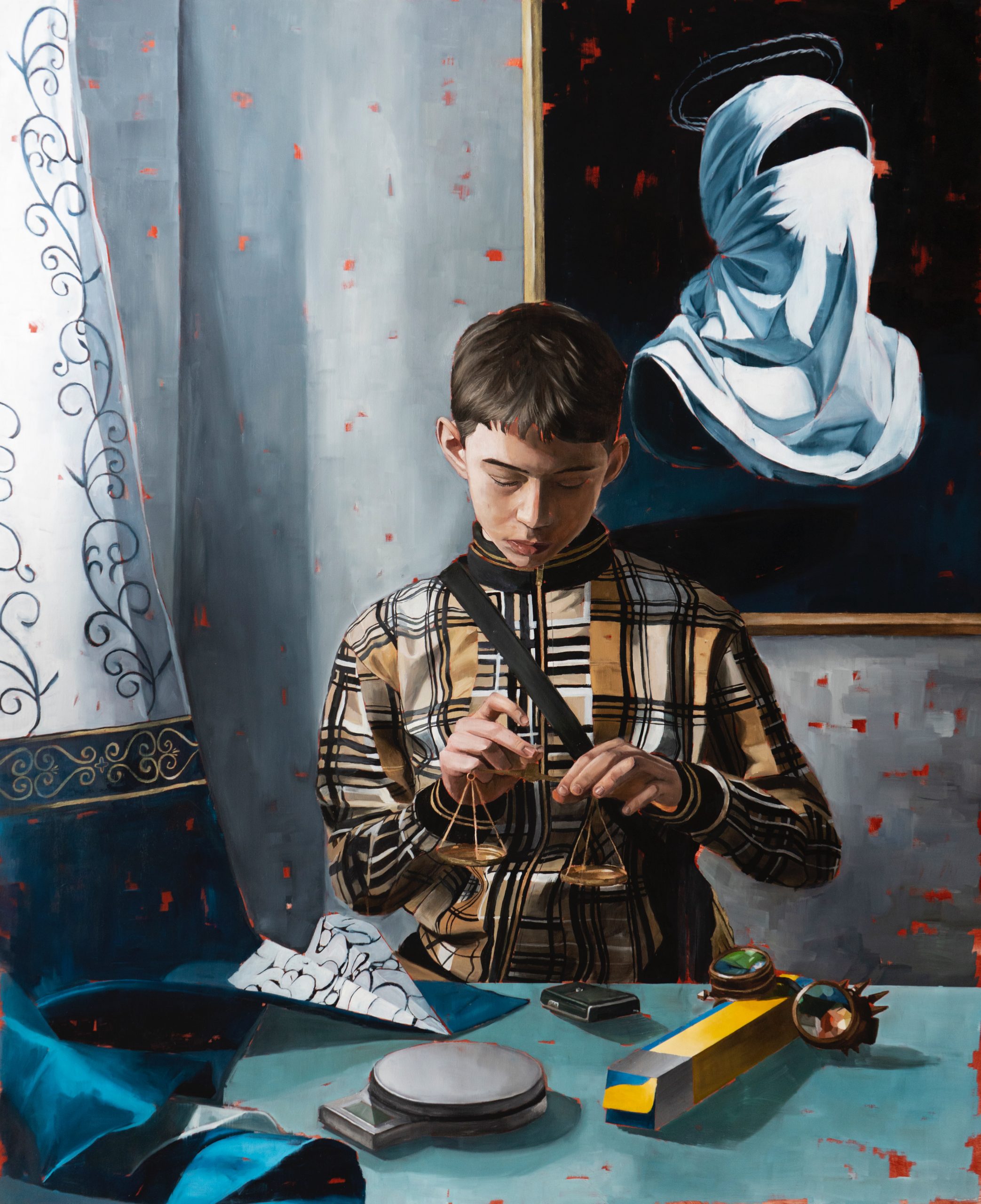
Would Be Rich If It Wasn’t For The Raids, 2020
Oil on linen canvas
5.5' × 4'
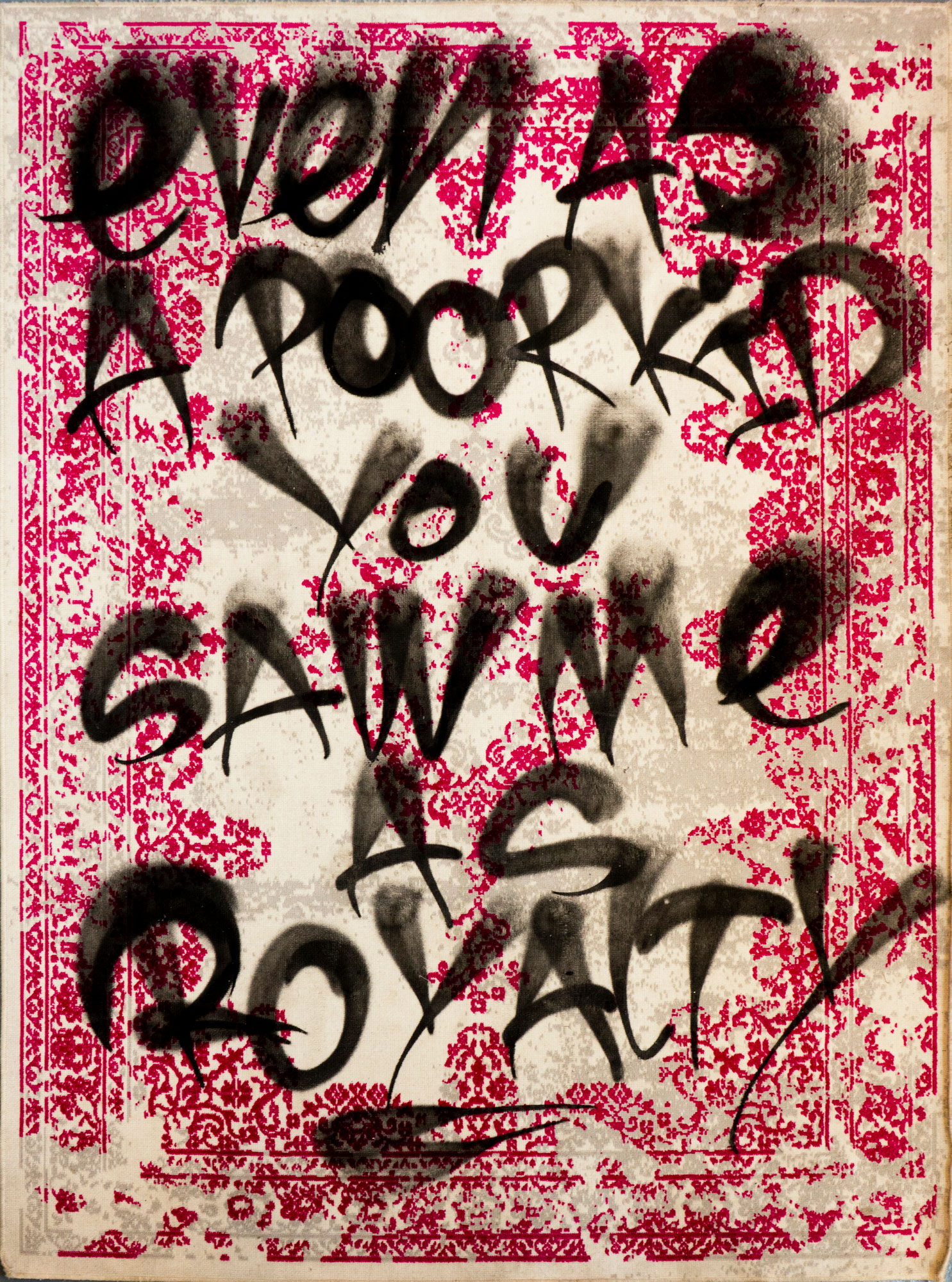
Even As A Poor Kid You Saw Me As Royalty, 2020
spray paint on rug
6' × 5'
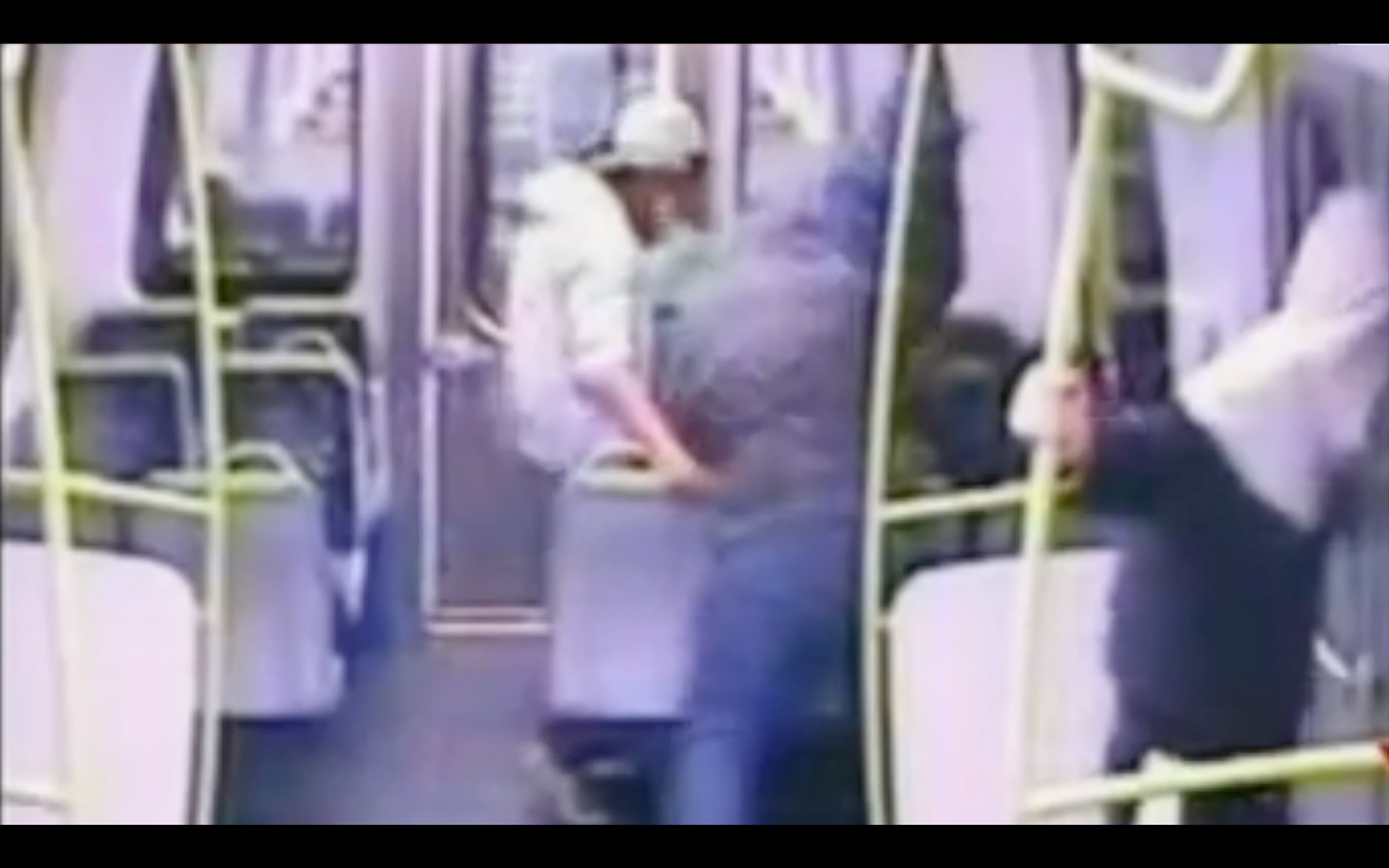
A burn City Love Poem, 2018
Still from short film
3' 58"
Link to video

It’s Good To have You Here, 2019
Still from Short film
10' 30"
Link to video
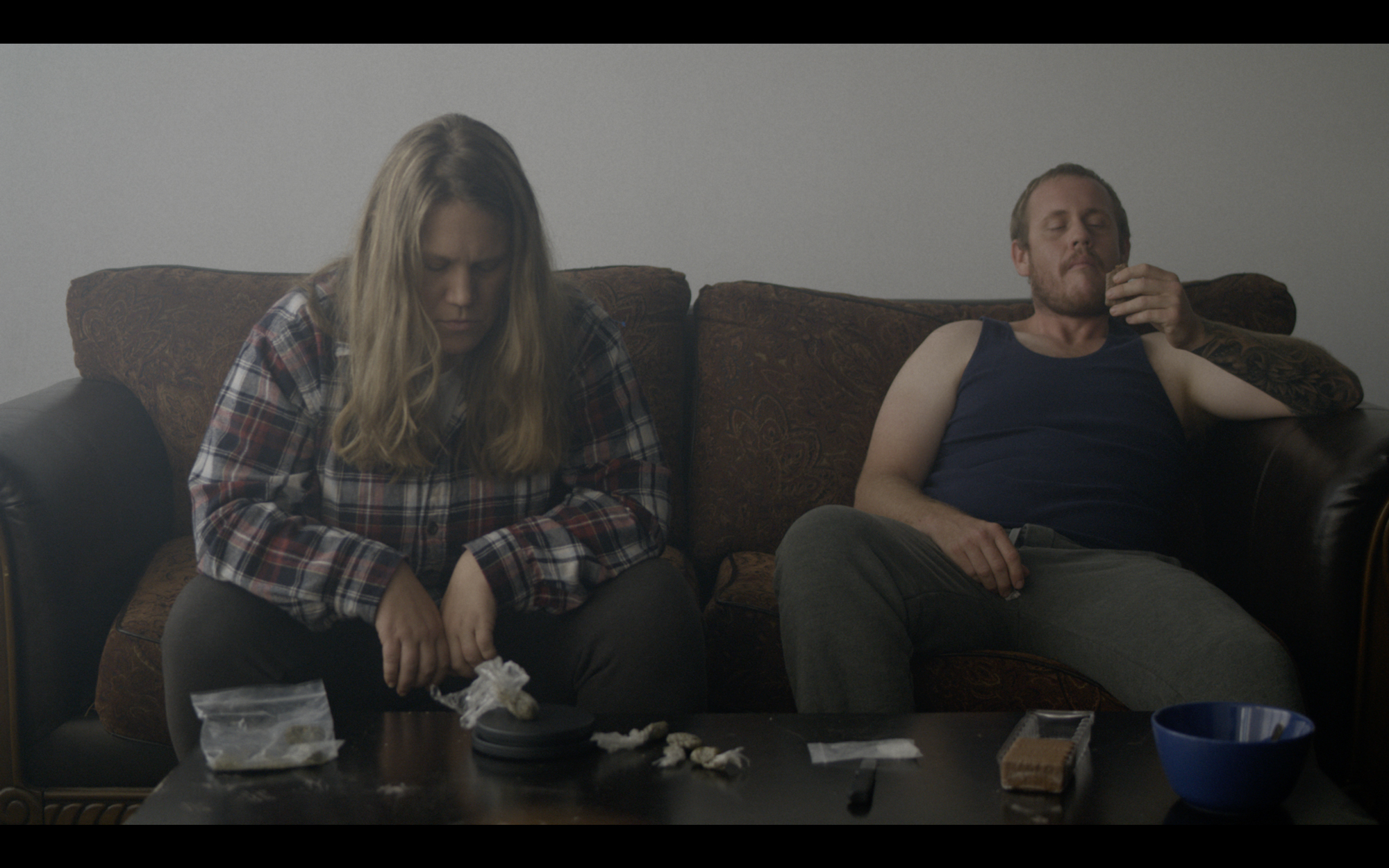
It’s Good To have You Here, 2019
Still from Short film
10' 30"
Link to video

See, you & I, we were titans, 2019
Oil on linen canvas
6.8' × 4.5'

Just embrace the only life we know, 2019
Oil on linen canvas
6' × 4.4'

For now let me just..., 2019
Oil on linen canvas
6' × 4'
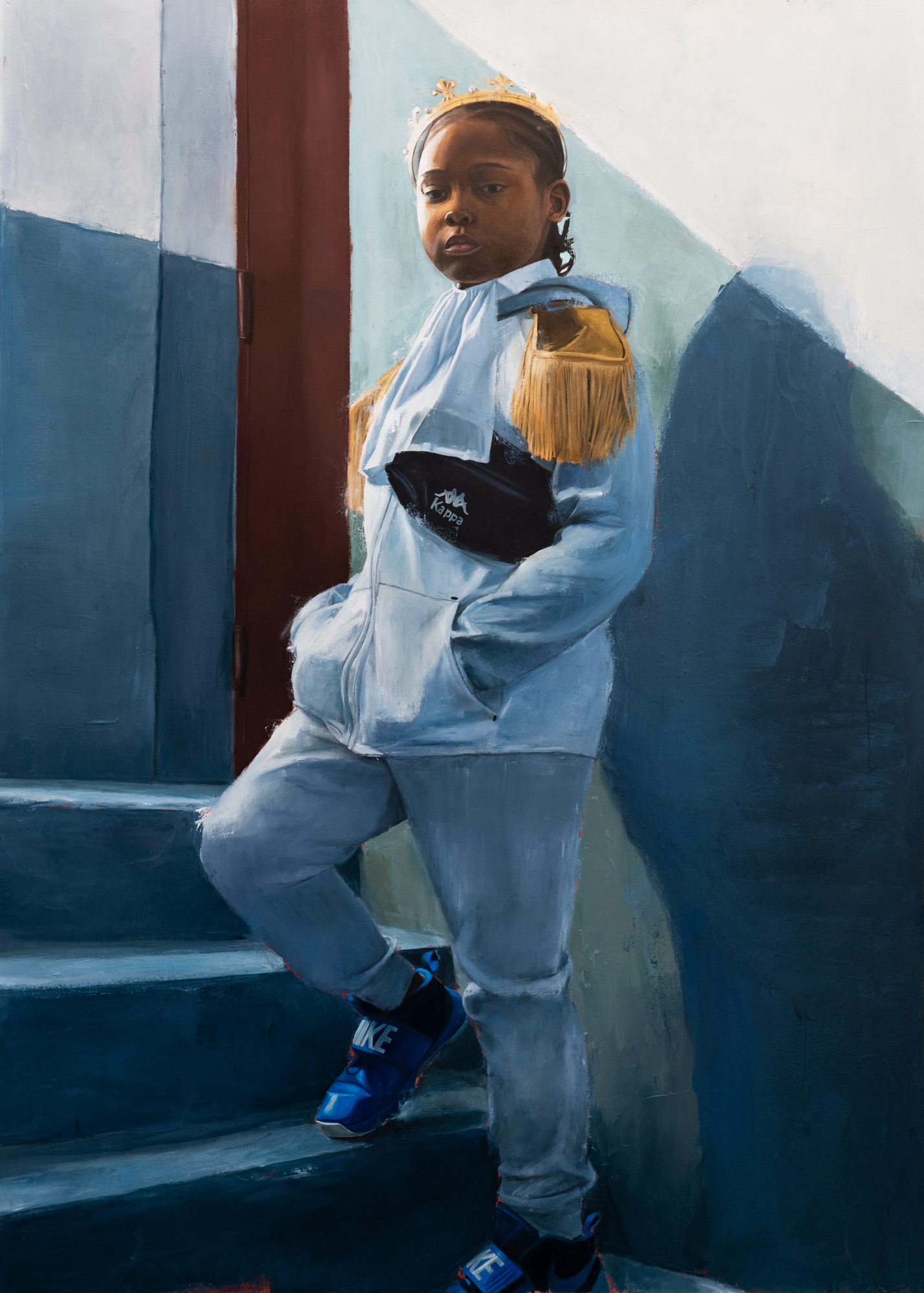
Prince Xavier, 2020
oil on canvas
5.5 × 4'
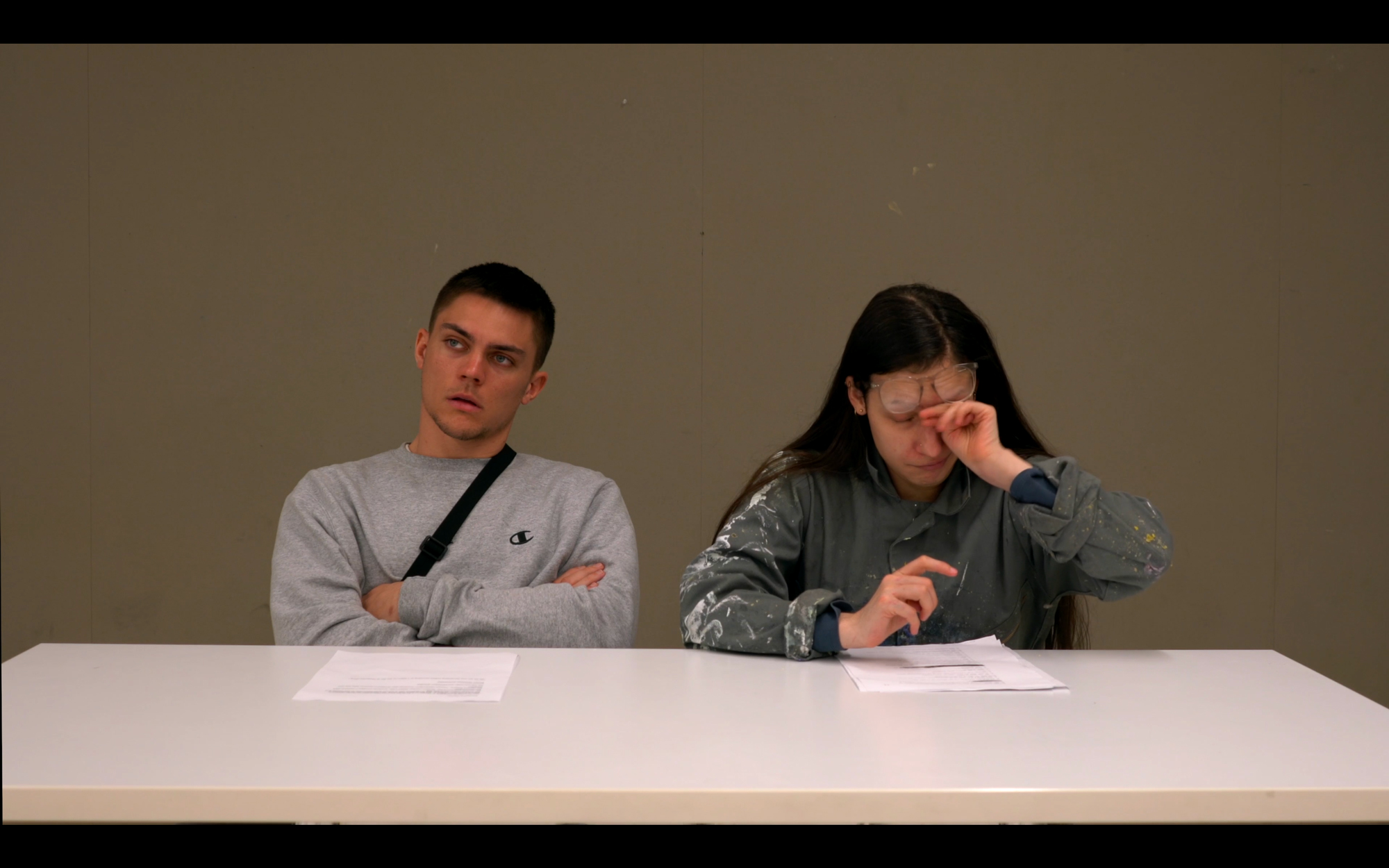
Translating Identity, 2020
Performance Video
16' 34"
Link to video
Artist StatementA utopia where the problems are not fixed.
That sentiment encompasses both my painting and film practice. In my works I recreate a world that is based on the inner-city environments where I grew up. From mundane scenarios of friendships and connectivity, as well as the perspectives of young people growing up in environments where they face criminality around them. The idea of utopia is based around the loyalty, trust and love built within this imperfect environment, as well as one’s own self-worth and confidence in who they are. The paintings include baroque style costuming, mixed with street wear. These costumes do not signal current privileges but rather show visions of a “come up” and reflect class aspiration these children have. The film works are generally centered around dark humor and like the paintings play with a “realistic-surrealism.” Through a focus on dialogue, the films show both positive aspects of these environments while critiquing certain norms within them. A diverse range of subjects is purposely represented in order to open a dialogue and to show the increasingly complex family dynamic that children must live in, often crossing blood and/or racial lines. Depicting an often absent family structure provides a foundation for building upon. Breaking expectations while at the same not hiding uncomfortable truths is what all my work aims for.